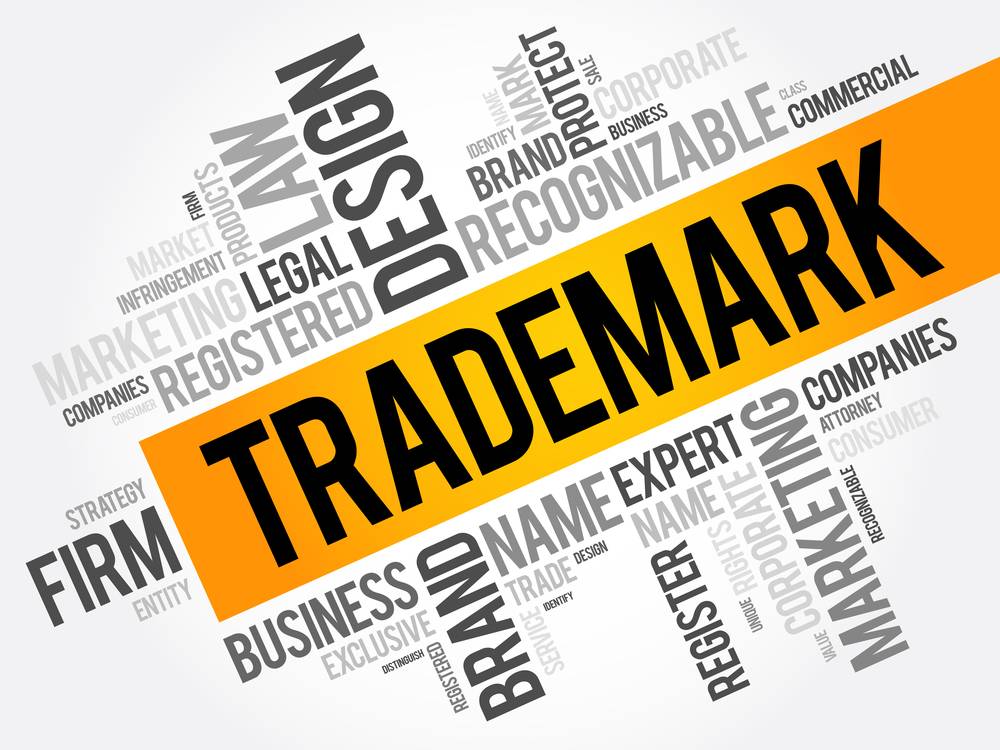
Introduction: The Advantages and Disadvantages of Registering Your Trade Mark
keywords: trade mark registration, benefits of registering a trade mark
Trade marks are a way of distinguishing one’s goods and services from those of others. It is important to register your trade mark as it ensures that you have the exclusive right to use that trade mark in relation to the goods or services for which it was registered.
The advantages of registering a trade mark include:
-It provides you with exclusive rights over the use of a particular trade mark in relation to your goods or services.
-It may allow you to take legal action against anyone who infringes your registered trade mark rights.
-It may provide a competitive advantage if consumers associate your products with the quality, reputation and goodwill associated with your registered trade mark.
The disadvantages of registering a trade mark include:
-You must be able to prove that there is no other person using an
Trade Marks & their Benefits
keywords: trade mark registration benefits, how does registering a trade mark work, how is a trade mark different from copyright
A trade mark is a sign that distinguishes the goods or services of one person from those of others. It is also known as a trademark. A trade mark can be words, symbols, sounds, colours and even smells.
A trade mark registration benefits the owner because it gives them exclusive rights to use the trademark in relation to their goods and services. Trademarks are registered with either IP Australia or the World Intellectual Property Organization (WIPO) . People who register trademarks may do so for two reasons: There is a difference between protecting an existing business and providing protection to a new business. When an individual registers their trademark, they are validating that they have created or are entering into a new business. A trade mark registration protects the rights of an individual in relation to their mark and that individual’s goods or services.
Different Types of Trade Marks You Can Register & What They Protect
keywords: types of trademarks, what is the difference between trademark & copyright
A trademark is a word, phrase, symbol, or design that identifies and distinguishes the source of goods. It can also identify services if they are used in connection with goods. A trademark is a type of intellectual property that you can register.
There are two types of trademarks: registered and unregistered trademarks. Unregistered trademarks are used for common law rights to distinguish the source of goods or services from others in the same field. In the United States, registered trademarks establish ownership and provide legal remedies against infringement on a national level but they do not protect unregistered trademarks. Trademarks are a form of intellectual property, which is an area of law that protects creative activity that has value. A trademark is a distinctive word or phrase identifying the source of goods or services. There are some differences between copyright and trademark: copyright generally protects creative works on an exclusive basis, while US trademark law covers only trademarks on a defensive basis. Copyright is the right to copy, distribute and adapt creative work, while trademark law protects names, words, slogans, or symbols that identify a product. Copyright is available to any original creation of the human mind that is fixed in some form of a tangible medium such as writing or photography; thus, copyright can protect
Trade Mark Registration Process and What to Consider Before Doing so
keywords: registering a trade mark process, where to file for trademark protection
Trademark protection is essential for any business, be it big or small. It is a must-have for any company in order to establish their identity and brand. However, the process of registering trade marks can be quite tedious and confusing.
In this article, we will discuss the different aspects you need to consider before filing for trademark protection. You will find out what are the steps involved in the registration process and what are some of the pitfalls that you may come across during this process.
Conclusion: Making the Best Use out of Your Trade Mark Protection
The need for trade mark protection is essential to businesses, including small and large companies. The evaluation of a company’s trade mark portfolio is important because it can help to identify potential risks and opportunities.
